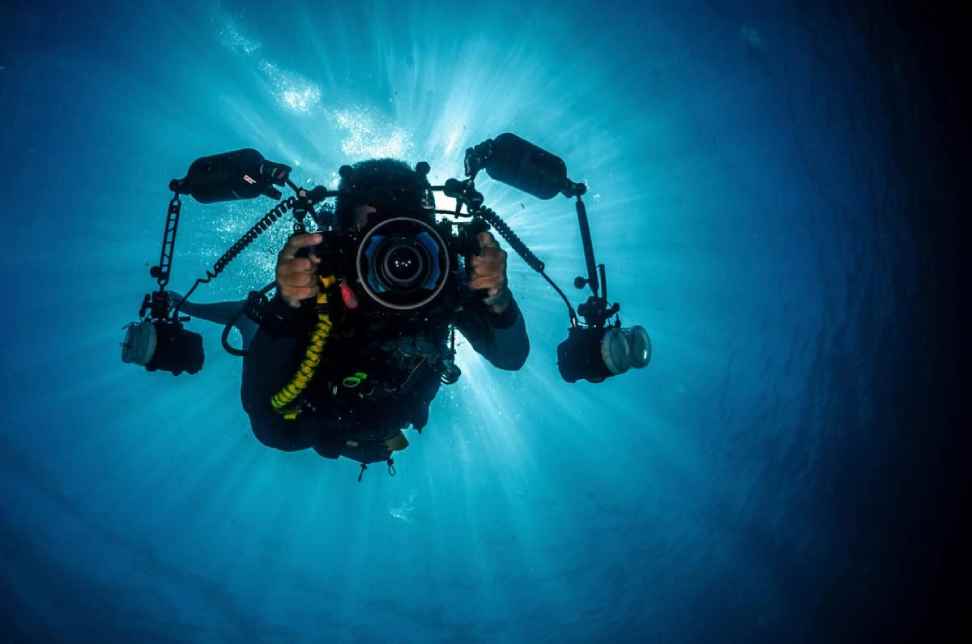100exch, Matchexch9, Laser 247.com: Exploring the depths of our oceans unveils a world of mesmerizing beauty that often goes unseen. The underwater ecosystems are teeming with an array of life, from vibrant corals swaying with the currents to schools of colorful fish darting through the water with grace and agility. The intricate balance of marine life in these ecosystems is a testament to the wonder and complexity of the natural world. Each creature plays a vital role in the ecosystem, creating a harmonious dance of life beneath the surface.
� The vibrant colors of coral reefs create a stunning underwater landscape, showcasing the diversity of marine life.
� Schools of fish moving together in unison demonstrate the beauty of teamwork and cooperation in nature.
� From tiny plankton to majestic whales, every creature has a purpose and contributes to the overall health of the ecosystem.
� Underwater ecosystems provide essential services such as oxygen production, carbon sequestration, and food for countless species both in the ocean and on land.
Understanding Underwater Cameras
Underwater cameras play a vital role in capturing the mesmerizing beauty of the ocean depths. These specialized cameras are designed to withstand the challenges posed by underwater environments, allowing photographers and researchers to document marine life with precision and clarity. Equipped with waterproof housings, underwater cameras protect the delicate internal components from water damage, ensuring optimal functioning even at great depths.
The advanced technology integrated into underwater cameras empowers users to adjust settings such as exposure, white balance, and focus to adapt to the unique lighting conditions found beneath the surface. With features like wide-angle lenses and high-resolution sensors, underwater cameras enable photographers to capture detailed images of vibrant coral reefs, mysterious shipwrecks, and elusive sea creatures. Thanks to their durability and versatility, underwater cameras have become essential tools for exploring and documenting the wonders of the underwater world.
Mastering Underwater Lighting Techniques
99 Exchange, Big Exchange ID, Maxwin9: For underwater photographers, mastering lighting techniques is essential to capture the beauty of the underwater world. Proper lighting can enhance the colors and details of marine life, creating stunning and captivating images that truly showcase the mysteries of the deep. Without adequate lighting, photos can appear dull or lack the vibrancy that characterizes underwater scenes.
One key technique in underwater lighting is understanding how different light sources behave in water. Natural light filters differently through the layers of water, often leading to changes in color and intensity. Artificial lights, such as strobes or video lights, can help control the lighting conditions and highlight specific subjects in the underwater environment. Experimenting with various light sources and angles is crucial in achieving the desired results in underwater photography.
Why is proper lighting important for underwater photography?
Proper lighting is essential for capturing vibrant and clear images in the underwater environment. Without good lighting, photos can appear dull, blurry, or lack detail.
What are some common challenges with underwater lighting?
Underwater lighting can be challenging due to the loss of colors and contrast as you go deeper in the water. Additionally, light behaves differently underwater, so it’s important to understand how to adjust your lighting techniques accordingly.
How can I improve my underwater lighting techniques?
To improve your underwater lighting techniques, consider using artificial lights such as strobes or video lights to illuminate your subject. Experiment with different angles, distances, and color temperatures to achieve the desired effect.
Do I need special equipment for underwater lighting?
Yes, you will need to invest in underwater lighting equipment such as strobes, video lights, or filters specifically designed for underwater photography. These tools will help you capture stunning images in the challenging underwater environment.
Are there any specific tips for mastering underwater lighting techniques?
Some tips for mastering underwater lighting techniques include practicing in different lighting conditions, learning how to position your lights effectively, and understanding how to balance ambient light with artificial light sources. Experimentation and continuous practice will help you refine your skills over time.

